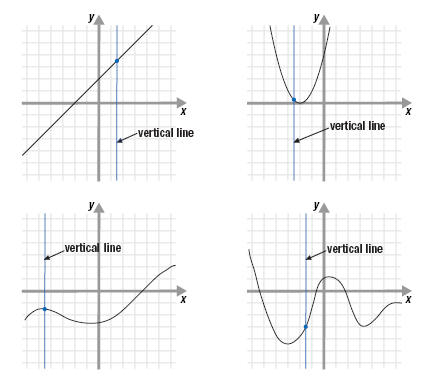The first major I am interested in is Biomedical Sciences which is basically biology but more in depth. It also deals with how it relates to the body and health, medicine, and disease. People who study this major research for new ways of treating people with various diseases and also analyze technical procedures to improve human human health.
The second major I am interested in is Biological engineering which deals with knowing how to incorporate engineering to helping solve medical problems. People in this field look for new ways to improve machinery to aid in diagnosing and treating certain diseases. I am very interested in majoring in this area particularly because it deals with engineering and medical issues.
The third major I am interested in is Applied Mathematics because it is a more in depth area of mathematics and requires a lot of thinking and reasoning. People in this field use math and statistics to help solve problems in engineering. I am pretty strong in Math so I think I would be very successful in this field.

The first college I am interested in UC Los Angeles because they offer various majors in the area of biology and health. It is also a top university and has a very good medical school. The university is also highly ranked because it has a lot of resources.

The second college that I am interested in is UC Berkely which offers various majors in the area of engineering. It is a large university in a small setting and is very well known around the nation as a top university. It has a lot of facilities in engineering and is popular in giving degrees in the engineering area.
.jpg)
The third college I am interested in is California Institute of Technology. It is a top university and is extremely competitive but offers many degrees in the area of math. Admission is very low because they only accept a small number of students but the university offers many resources and aid.



